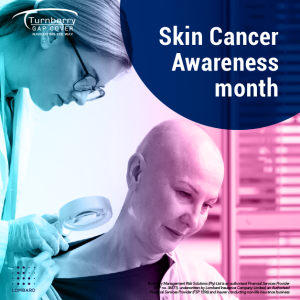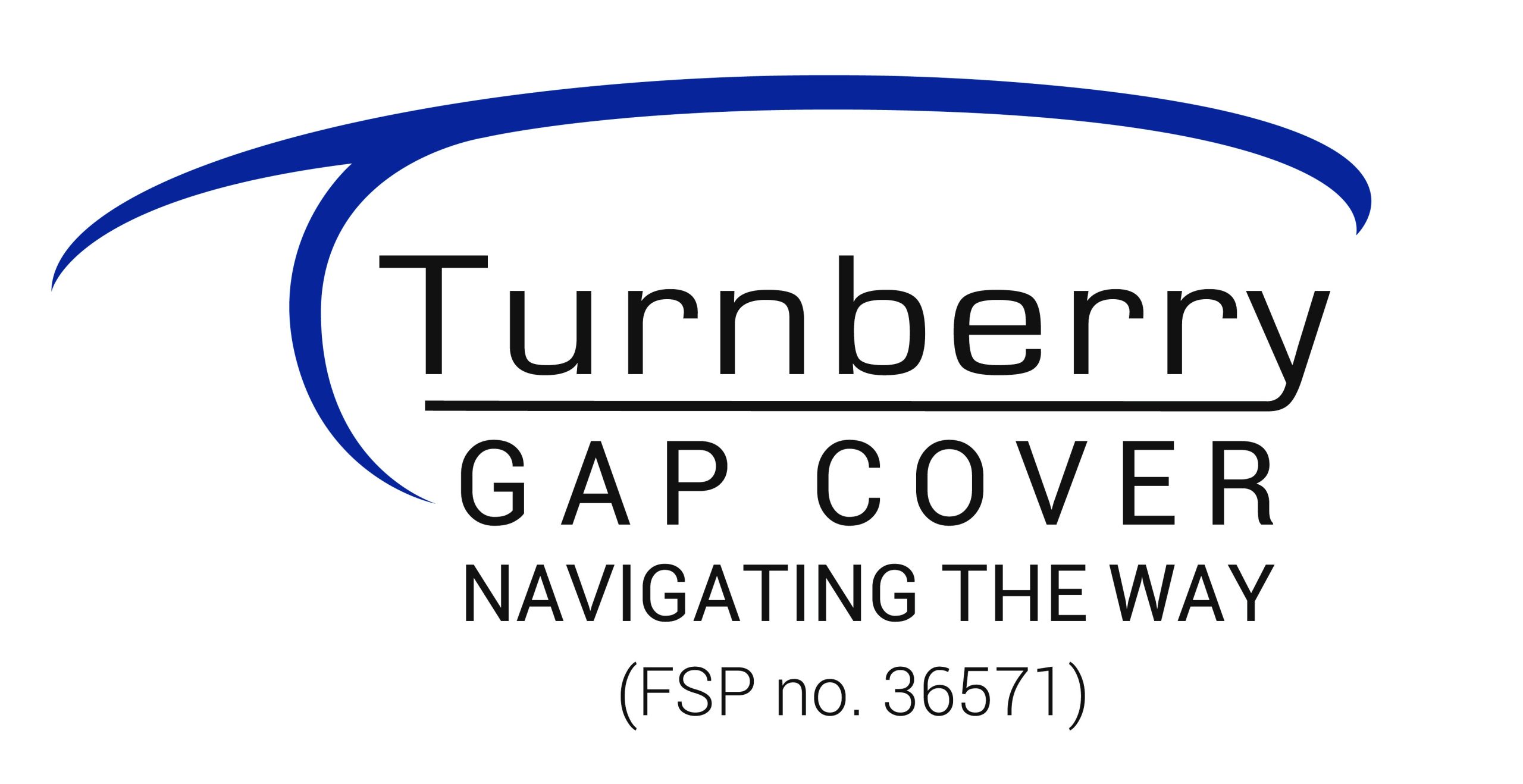
FA News – 16th February 2023
Skin cancer is the most common cancer worldwide. Given that the South African sun has one of the highest Ultraviolet (UV) levels in the world, it is no surprise that we also have one of the highest incidences of skin cancer in the world.
While many cancer treatments are covered by medical schemes such as Prescribed Minimum Benefits (PMBs), medical expense shortfalls are still common and run into thousands of Rands. Protecting yourself and your skin should be a top priority, but if the need for treatment arises, having gap cover in place is critical to protecting your financial future and well-being.
A burning issue
Often, we are not even aware that the years of sun exposure we had as children have already caused irreversible changes, and this has caused a sharp increase in skin cancer rates. The latest statistics show that Melanoma is one of the top five cancers among men in South Africa, according to Cansa, and Tygerberg Hospital in the Western Cape treats approximately 1 000 skin cancer patients per year.
Sunburn can happen fast, and permanent skin damage can occur in as little as 15 minutes. The best way to prevent skin cancer is to avoid the sun when UV is highest, between 10:00 and 15:00, and to wear a hat, sunscreen and protective clothing when sun exposure is unavoidable. It is also essential to be aware of your skin and recognise any changes, as well as to know the signs to look out for that can indicate potential skin cancers.
The ABCDEs
There are a few different types of skin cancer, including Non-Melanoma Skin Cancers (NMSC) like Basal Cell (BCC) and Squamous Cell Carcinomas (SCC), as well as Melanomas. NMSCs often appear as lumps or discoloured patches in the upper layers of the skin that can be red or scaly and do not heal. These are commonly found on areas of the skin that are frequently exposed to the sun, such as the face, ears, hands, shoulders, upper chest and back. Treatment usually entails surgery to remove the cancerous growth and possible radiotherapy and other treatments, depending on the size and location of the tumour. NMSC is unlikely to spread to other parts of the body and treatment is frequently 100% successful.
Melanoma, which develops in the skin cells that produce pigment, is the most dangerous form of skin cancer, because it grows quickly and can spread or metastasise to other organs in the body. To achieve the best outcome, early treatment is critical, and dermatologists have developed the ABCDE of melanomas to help people know what to look out for. If a mole or a pigmented lesion becomes:
• (A)symmetrical
• The (B)order becomes irregular
• There are two or more (C)olours (especially strange colours like red, or black or blue or grey)
• The (D)iameter exceeds 0,6 mm or
• The lesion undergoes (E)volution (it changes)
Then it is essential to get checked by a doctor. Any mole that itches or bleeds constantly should also be checked out.
Cover for cancers
Skin cancer is frequently covered by medical schemes as a PMB condition, but not always. According to the Council for Medical Schemes, both non-melanoma and malignant melanoma are covered for medical and surgical management, which includes radiation therapy, but only if the cancers are considered treatable. If they are discovered at stage 4, at which point there is a lower rate of positive outcome, then treatment may need to be funded from the cancer benefit of a medical aid plan and subject to the limits of cover.
Medical schemes will also typically only cover skin cancers as PMB conditions within their network of hospitals, so should you wish to receive treatment outside of the network then you will be liable for co-payments and shortfalls. Specialists may also charge more than scheme rates for treatment, which leaves patients liable for more shortfalls.
Minding the gap
The difference between what medical aids will pay for and what treatment costs can be quite significant. We have seen one specialist charge R71 500, with a shortfall of R23 675. If the client had not had gap cover in place, this shortfall would have been for their account, but it was covered in full by their gap cover policy. We have also seen numerous other claims with shortfalls of between R26 000 and R30 000 – these are large sums of money that most people simply do not have lying around, and funding treatment can cause financial hardship and future challenges.
The reality is that, when it comes to skin cancer, for most of us the damage has already been done. While it is always prudent to continue to take precautions and be sun safe, protecting your financial wellbeing is equally important. Gap cover is an essential part of a comprehensive financial plan and can be hugely beneficial following a diagnosis of skin cancer, other cancer and many other medical conditions.
https://www.fanews.co.za/article/healthcare/6/general/1124/protect-your-skin-and-wallet-with-gap-cover-in-the-event-of-skin-cancer-treatment/36391
https://getcovered.turnberry.co.za/app/1
What is Gap Cover?
https://getcovered.turnberry.co.za/app/1
Client Testimonials
Turnberry assisted with claims for various incidents during the last few years – from an elective orthopaedic surgery for my young daughter to emergency surgeries for my wife. When my wife was diagnosed with cancer last year, the once-off payment assisted in a number of the out-of-hospital expenses. In addition, the knowledge that the expenses threshold is so much higher than the standard medical rates provided peace of mind. I have recommended Turnberry Gap Cover to our family, and reiterate that it is an essential or mandatory product. No healthy person believes critical or emergency procedures will happen. But the truth is that it can happen to anyone. The cost vs benefit is not a logical debate, without gap coverage you may end up selling assets to cover the bills. Turnberry’s services were professional, quick and efficient – ‘Peace of mind’. Mynhardt Oosthuizen
